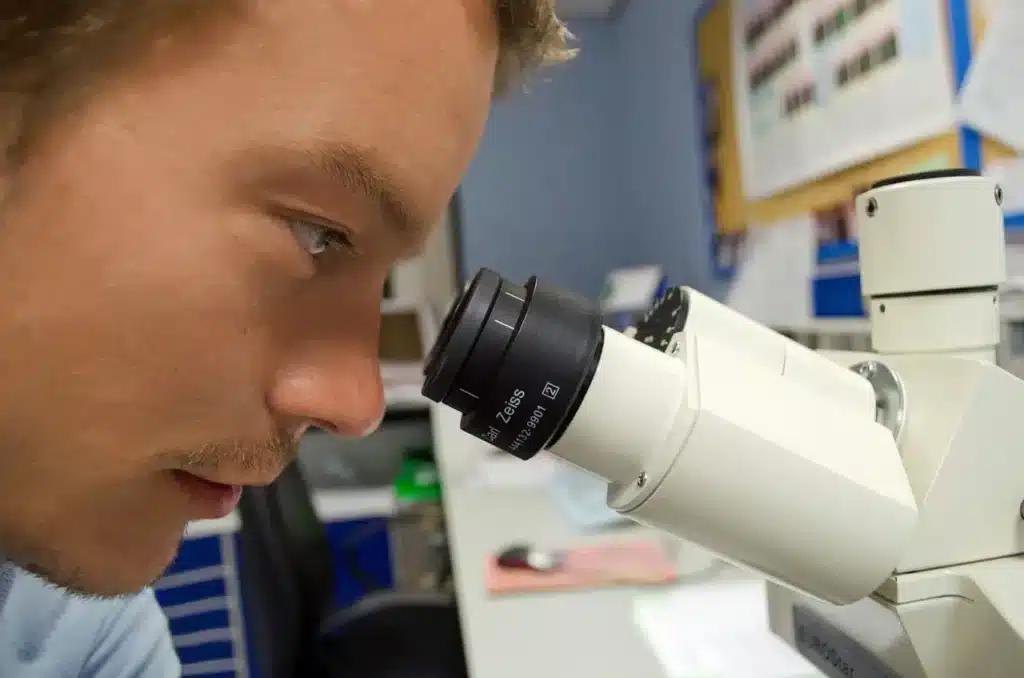After 33 years in the seed testing business, the biggest change I’ve seen is how our clients have come to realize how important seed quality really is.
They’re genuinely interested in how things are done and can be improved. This offers the seed industry and farmers an important roadmap to the future that will benefit both the industry and its farmer customers. Thanks to ongoing Seed Regulatory Modernization (SRM) discussions, in the future:
Seed testing may be more harmonized. This is a key improvement our clients know can be made. Details regarding a standardized training program (prior to analyst accreditation) and continuing education points (to maintain accreditation) have not yet been fleshed out but could very well be something big that comes out of the SRM process you’ve read about in this space before. There appears to be general support for mandatory standardized training for new analysts.
Our clients also would really would like to see some harmonization in terms of being able to adopt methods from other organizations from around the world. Right now, seed labs take guidance from three different seed testing organizations from around the world: the International Seed Testing Association (ISTA), Association of Official Seed Analysts in the United States (AOSA) and Seeds Canada. Thanks to SRM, we may see some solid clarity on adopting a universal seed testing standard that applies to seed labs around the globe.
The grade tables may be streamlined. All seed that’s sold in Canada, particularly pedigreed seed and common seed, has to be tested, and analysts use these grade tables (which make up part of our Seeds Regulations) in order to establish a standard. Canada is very unique in that we’re the only country that actually has grade tables.
People often think that if a bag of seed has the blue tag on it, then everything’s good; its 100% pure and the germination is very high. When you actually open up a specific grade table, like the one governing grasses, for example, you’ll see you can have up to 50 weeds and it can still make certified. The grade tables are very old and are in need of being modernized to keep up with current standards largely set by industry, which often produces seed of higher quality than what is laid out in the grade tables to begin with.
These are just two of many potential changes to come out of the SRM process, but changes that will have direct benefits for industry and farmers. Farmers will have confidence that they are buying higher quality products, and industry can benefit from a modern seed landscape built for the 21st century.







